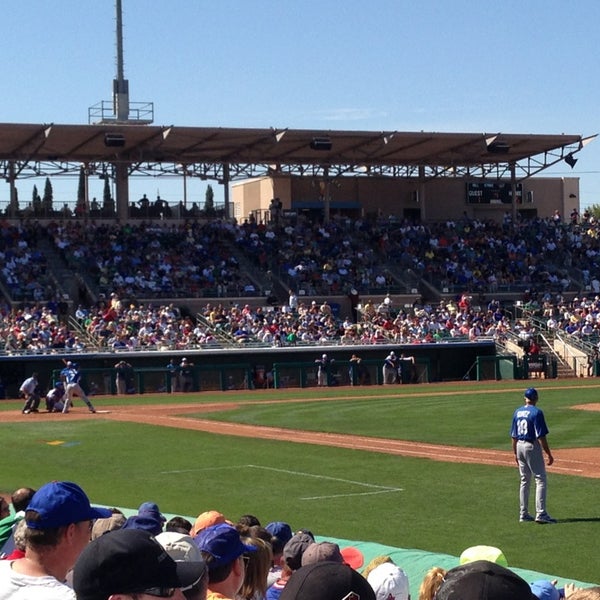

In 2013, the Cubs said goodbye to their springtime home, and we covered the final game. The City of Mesa knew that it would be an economic catastrophe if the Cubs left town, so a new complex was built for the team on the western edge of Mesa. In addition, HoHoKam’s location (a cemetery on one side and an old residential part of Mesa on the other) precluded any possibility of commercial development adjacent to the ballpark. And after years of the desert sun beating down on the seats and the structure, it was looking tired - whether frequent visitors like me noticed it or not. For the team, much of the morning workouts occurred a mile to the south, at Fitch Park, while the afternoon exhibitions were at the main ballpark.Īll was well until the Cubs began to notice that the facilities weren’t keeping pace with the new palaces being built in Goodyear, Glendale and Salt River. When the Cubs moved into the sparkling new facility (a new stadium was built on roughly the same spot as HoHoKam Park, which was also a spring-training ballpark) in 1997, attendance records fell left and right. Such was the case with HoHoKam Stadium, once the jewel of Arizona’s Cactus League. A stadium’s aging process happens so slowly, so gradually, that if you’re a constant visitor, you don’t even notice. Well, it happens with ballparks, where you attend games year after year and you don’t notice that it’s looking tired. MESA, ARIZONA You’ve no doubt heard someone say that one day he woke up and looked in the mirror, and couldn’t believe how old he’d gotten. City of Mesa partners with A’s to transform HoHoKam Stadium


 0 kommentar(er)
0 kommentar(er)
